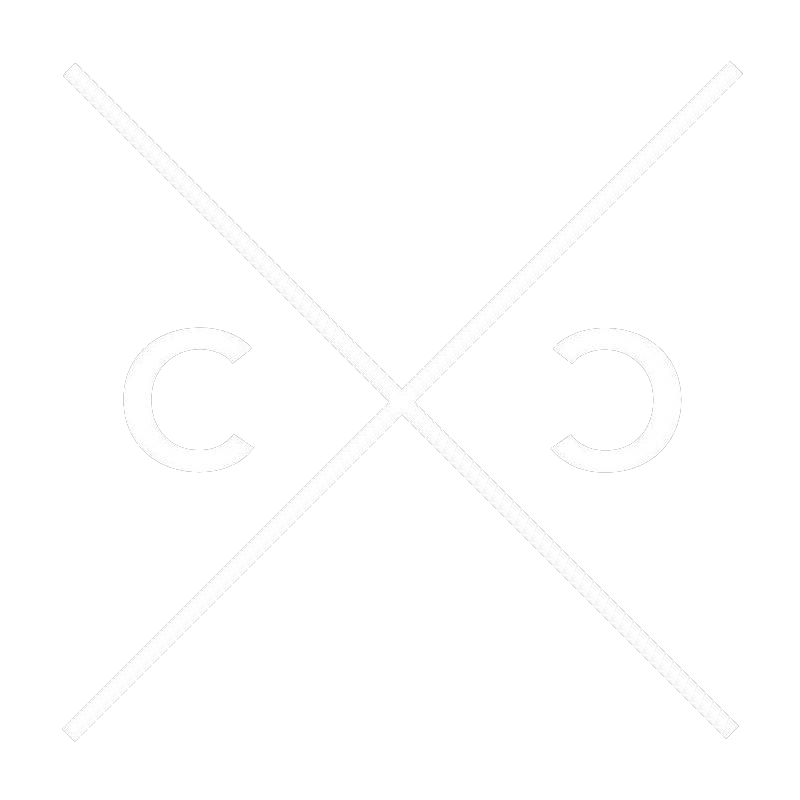Fashions News: How, What and When to Read About It
When it comes to fashion news and trends, there are several ways to track them; social media, street style observations, and of course the news. There are three mainstream types of news media when researching fashion—online, blogs, and the most well-known, print. Print can be anything from magazines to sections of newspapers, usually focusing on big news and long-term trends while online forms of news, usually digital extensions of established print publications can be more easily updated therefore focusing on current events and micro trends. Blogs are even more focused, usually on street style and what people have worn out and about and how to draw inspiration for and from that.
Personally, my favorite way to consume fashion media is through print articles…
As well as encompassing the larger trends for the upcoming season, I like that they include artfully crafted photoshoots and unique styling choices that require a search for patterns throughout the entire magazine. Many fashion magazines are written off as having too many advertisements but that is where designers reveal their upcoming styles and it is almost like putting together a puzzle to understand what those are. Many digests like Vogue, Elle, Harper's Bazaar, etc. feature guest writers to talk about trends beyond the fashion industry such as health and wellness or beauty products. I find these supplementary articles which actually make up most of the written content to be interesting and informative. For example, in US Vogue’s most recent September issue they featured an article titled ‘The Good Fight’ on Maria Ressa, the Nobel Prize winner who founded digital-news organisation Rappler to fight disinformation in the Philippines. This article was followed by an equally interesting piece titled ‘Dry and High’ about wellness trends around sobriety. These add value to the fashion content and show the inherent connection fashion trends have with cultural trends. To appreciate the former the latter must be understood. Many recent trends have slowly gravitated towards more conservative styles such as baggy layering and longer skirts and dresses. When observed in the context of the two aforementioned articles, it is easier to make the connection. We see an overall shift towards self care and wellness in an increasing tense and politically conflicted world.
While there is much value in printed news for seeing the bigger picture, digital publications have the benefit of 24/7 access…
There is no need to wait for a publication deadline or filter out content, information is published nearly immediately. This generally leads to on-the-ground coverage of things like fashion week, street style, and micro trends that are too niche and momentary for monthly publications. Many magazines like Vogue have online services in addition to their print digests, while some, like Allure, have moved fully online, and some others, like Who What Wear, have always been fully digital. These resources are helpful to keep up with the happenings of the fashion industry as well as find inspiration for my own style. While the photo layouts in magazines are fun to look at, most of the time they are styled in a way and with pieces that are not practical for everyday wear. With online publications that not only display outfits by celebrities and influencers and then break down the pieces of the look, it is much easier to draw inspiration. These publications also tend to be solely focused on fashion and events such as fashion week, large parties, and weddings (with some exceptions). So, if looking for content purely related to fashion, this is the place to go.
Finally, blogs are available for insight into the goings-on of the fashion world…
Similarly to online publications they tend to focus on the smaller trends however, since they are most frequently run by individuals, the content is more likely to be more personalized and affordable. Because blogs are run by a person or a small group of people rather than a corporation, it can be easier to find content that matches your style and demographic to consume. Frequently, larger organisations focus on producing media for young, thin women. While this is changing, it is still difficult to find diverse and inclusive suggestions and trends catering to different types of people. With blogs, because the content is entirely original, it is more likely to connect with people of the same demographic as the author. Through the blogosphere, all body types, ages, and genders can find something that caters specifically to them and their style to help them feel the most comfortable and confident. In addition, blogs are most frequently directly tied to social media so it is the easiest way to constantly and consistently keep up with what is happening.
When it comes to educating yourself about what is and will happen in the fashion world, there are many routes. While different mediums of news are better for different things, each has their own pros and cons and together they have many collective benefits leading to a more complete and well rounded understanding of fashion trends and, more importantly, why they are happening in the context of cultural trends.
